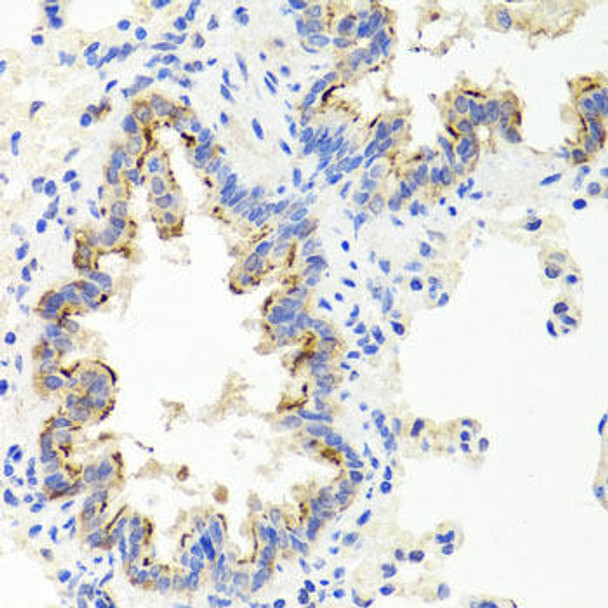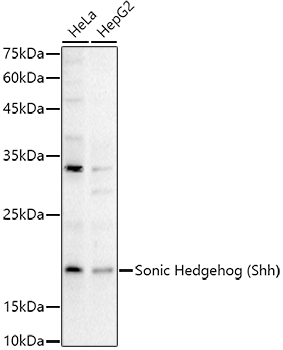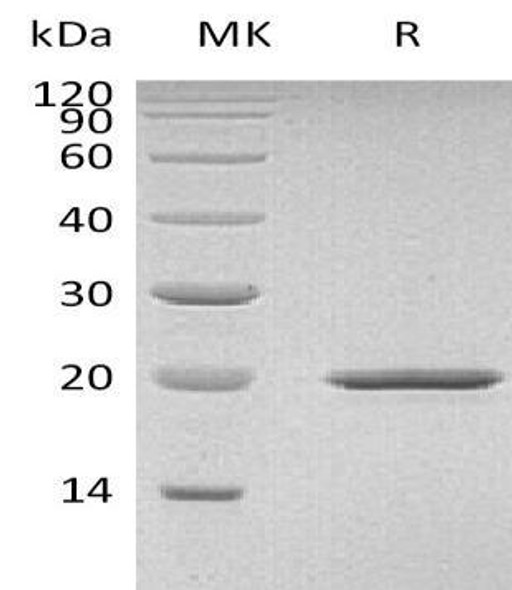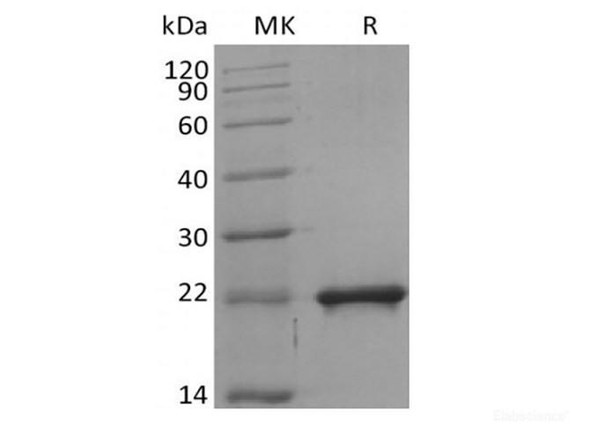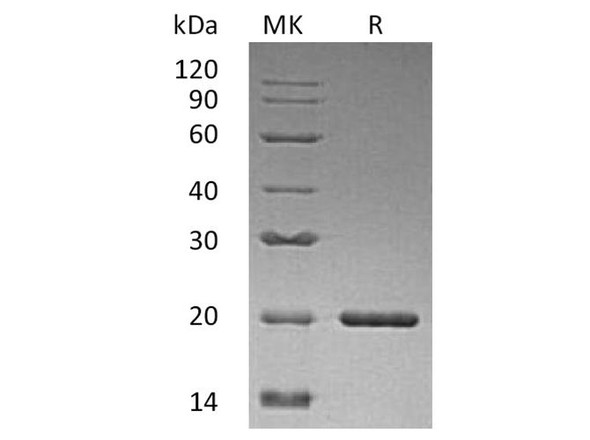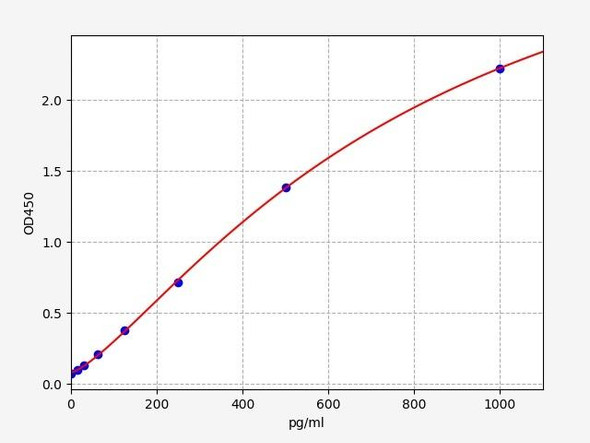Description
Sonic Hedgehog (Shh) Rabbit Polyclonal Antibody (CAB7726)
The SHH Polyclonal Antibody (CAB7726) is a valuable tool for researchers studying the Sonic Hedgehog (SHH) signaling pathway, a critical pathway in development and cell differentiation. This antibody, produced in rabbits, exhibits high reactivity with human samples and is validated for use in various applications including Western blotting. By binding specifically to the SHH protein, researchers can accurately detect and analyze SHH expression in a variety of cell types.SHH is a key regulator of cell growth and differentiation, making it a key player in various biological processes such as embryonic development and tissue regeneration.
Dysregulation of the SHH pathway has been implicated in a range of diseases including various cancers, neural disorders, and developmental abnormalities. By studying the SHH protein and its role in signaling pathways, researchers can gain valuable insights into disease mechanisms and potentially develop targeted therapies for these conditions.
| Product Name: | Sonic Hedgehog (Shh) Rabbit Polyclonal Antibody |
| SKU: | CAB7726 |
| Size: | 20uL, 100uL |
| Isotype: | IgG |
| Host Species: | Rabbit |
| Reactivity: | Human,Mouse,Rat |
| Immunogen: | A synthetic peptide corresponding to a sequence within amino acids 200-300 of human Sonic Hedgehog (Shh) (NP_000184.1). |
| Sequence: | PGSA TVHL EQGG TKLV KDLS PGDR VLAA DDQG RLLY SDFL TFLD RDDG AKKV FYVI ETRE PRER LLLT AAHL LFVA PHND SATG EPEA SSGS GPPS GGAL G |
| Tested Applications: | WB IHC-P IF/ICC ELISA |
| Recommended Dilution: | WB,1:500 - 1:1000 IHC-P,1:50 - 1:100 IF/ICC,1:50 - 1:200 |
| Synonyms: | TPT; HHG1; HLP3; HPE3; SMMCI; ShhNC; TPTPS; MCOPCB5; Sonic Hedgehog (Shh) |
| Positive Sample: | HeLa,HepG2,Rat lung |
| Conjugate: | Unconjugated |
| Cellular Localization: | Cell membrane, Lipid-anchor, Secreted, extracellular space. |
| Calculated MW: | 50kDa |
| Observed MW: | 19kDa |
This gene encodes a protein that is instrumental in patterning the early embryo. It has been implicated as the key inductive signal in patterning of the ventral neural tube, the anterior-posterior limb axis, and the ventral somites. Of three human proteins showing sequence and functional similarity to the sonic hedgehog protein of Drosophila, this protein is the most similar. The protein is made as a precursor that is autocatalytically cleaved; the N-terminal portion is soluble and contains the signalling activity while the C-terminal portion is involved in precursor processing. More importantly, the C-terminal product covalently attaches a cholesterol moiety to the N-terminal product, restricting the N-terminal product to the cell surface and preventing it from freely diffusing throughout the developing embryo. Defects in this protein or in its signalling pathway are a cause of holoprosencephaly (HPE), a disorder in which the developing forebrain fails to correctly separate into right and left hemispheres. HPE is manifested by facial deformities. It is also thought that mutations in this gene or in its signalling pathway may be responsible for VACTERL syndrome, which is characterized by vertebral defects, anal atresia, tracheoesophageal fistula with esophageal atresia, radial and renal dysplasia, cardiac anomalies, and limb abnormalities. Additionally, mutations in a long range enhancer located approximately 1 megabase upstream of this gene disrupt limb patterning and can result in preaxial polydactyly.
| Purification Method: | Affinity purification |
| Gene ID: | 6469 |
| Storage Buffer: | Store at -20℃. Avoid freeze / thaw cycles.Buffer: PBS with 0.05% proclin300,50% glycerol,pH7.3. |



